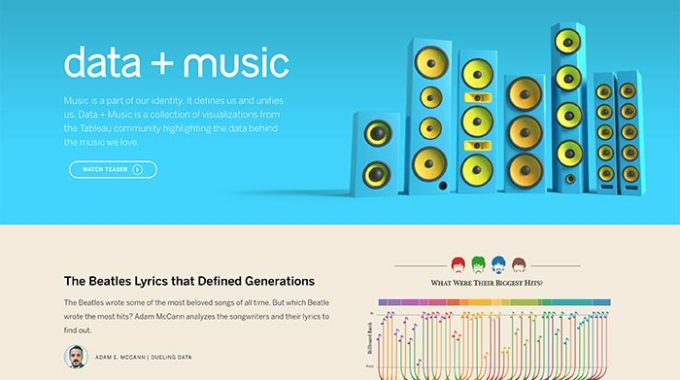
Digital Marketing KPIs You Should Be Tracking to Increase Sales
Forgetting to track your digital marketing KPIs is the first step towards failure. By reviewing your data , you can spot your weak points and immediately perform the necessary improvements in your strategies. However, you can only do this if you know what to look at.
Read on to learn some of the most important KPIs you should monitor to measure the performance of your digital marketing strategies.
Email Marketing
Open Rate - To know the percentage of recipients who opened your email campaign, check the open rate. It allows you to determine whether your subject line is persuasive or not in encouraging a click on your email when it enters their inbox.
Bounce Rate - This metric shows if your email has been successfully delivered to all recipients in your email list or not. A soft bounce could mean that the mailbox of your recipient is already full, the recipient’s email server is down, or your email message is too large. On the other hand, a hard bounce indicates that your recipient’s email address or domain does not exist or your recipient’s server has blocked delivery.
Clickthrough Rate - Clickthrough rate tells you how many of the people in your email list clicked on the call to action (CTA) or a hyperlink in your email. Reviewing your CTR allows you to know how well your CTA can drive action.
Conversion Rate - To know how many of the recipients in your email list have completed the conversion path, review the conversion rate. It shows the percentage of those who took your desired action. It could be a purchase, an e-book download, a subscription or whatever you are aiming for.
Paid Ads
Clickthrough Rate - This refers to the number of ad clicks divided by the number of impressions your ad receives. Higher clickthrough rate means that your ad has high relevancy to your audience.
Cost Per Conversion (CPC) - It’s the amount spent for every conversion you get. This is important because lower CPC means higher return on investment.
Conversion Rate - You can get this by dividing the number of conversions from your ads by the number of ad clicks. It tells you how relevant your offer is to your target audience. The most relevant ad gets the highest conversion rate.
Social media
Following - This refers to the total number of users who showed interest in your page. It shows you how well you stand in a particular social media channel as well as your overall growth.
Engagement - A social media engagement refers to the amount of likes, comments, and shares that your post is receiving. Low engagement means that your post does not resonate well to your audience. On the other hand, high engagement can help grow your audience organically.
Clickthrough Rate - This shows the percentage of users who clicked on a link in your post after seeing it. It is important because it tells you how much of your audience are driven to your website assets.
Website
Bounce Rate - While traffic is important, the goal is to have visitors explore your website. In website , bounce rate refers to the percentage of visitors who leave your website without continuing to other pages.
Acquisition - Knowing your website traffic sources lets you determine how visitors are finding you. This can help you identify the keywords they are using in organic search as well as the referring sites that are giving you a good amount of traffic.
Conversion Rate - This tells you about your website’s ability to persuade visitors to take your goal action. Low conversion rate could mean that it’s time to make improvements on your website.
Whether they are email marketing KPIs or other digital marketing metrics, monitoring is one way of making sure that you are on the right track. So, take time to check your data today. Remember, in digital marketing, data is essential to business success.
Author Bio:
Kimberly Maceda is a Content Writer for ActiveTrail. She comes up with brilliant content about email marketing and marketing automation to keep customers updated with the trends. For Kimmy, it’s Bring Your Dog to Work Day almost every day. ActiveTrail allows you to implement a goal-driven marketing automation program through features such as comprehensive , A/B testing, dynamic customer segmentation, autoresponders, and more. It allows you to maximize your campaign results, improve your metrics, and increase revenue easily.
Image: Author’s Own



